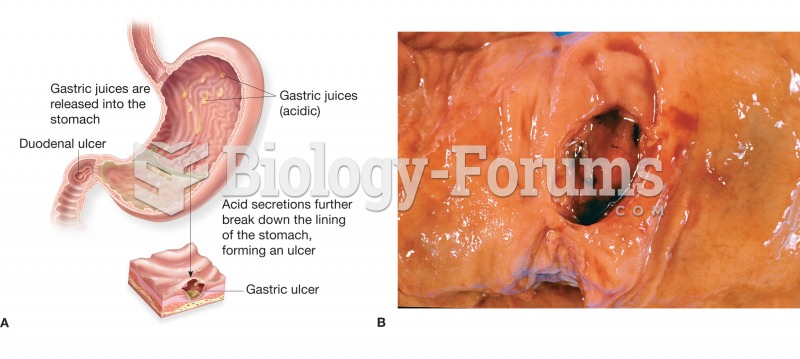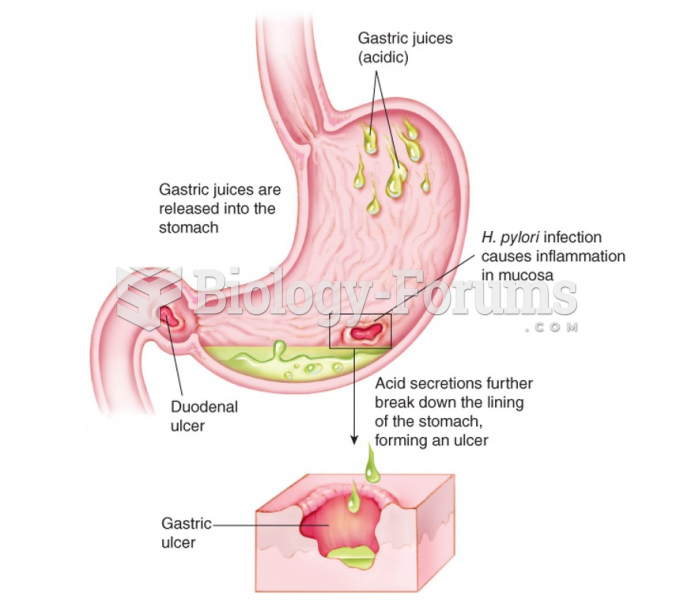This topic contains a solution. Click here to go to the answer
|
|
|
Did you know?
The average office desk has 400 times more bacteria on it than a toilet.
Did you know?
Everyone has one nostril that is larger than the other.
Did you know?
It is difficult to obtain enough calcium without consuming milk or other dairy foods.
Did you know?
About 600,000 particles of skin are shed every hour by each human. If you live to age 70 years, you have shed 105 pounds of dead skin.








